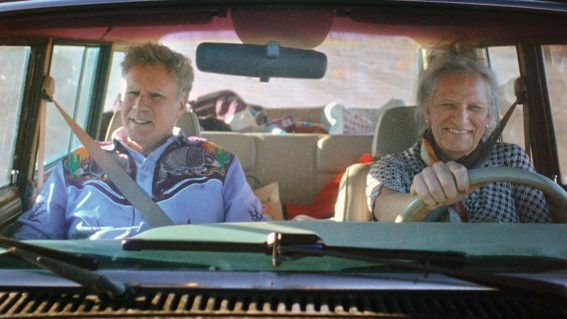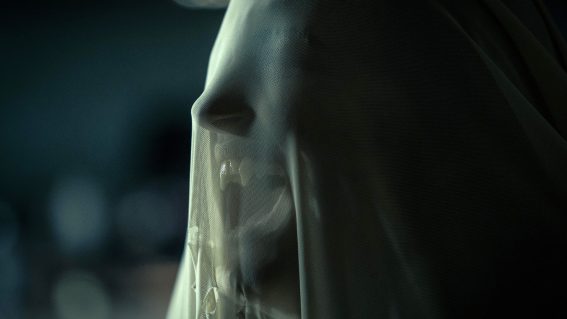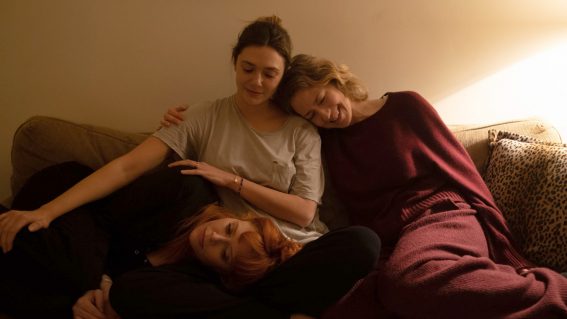Quant is an entertaining albeit stretched out documentary about a fashion icon
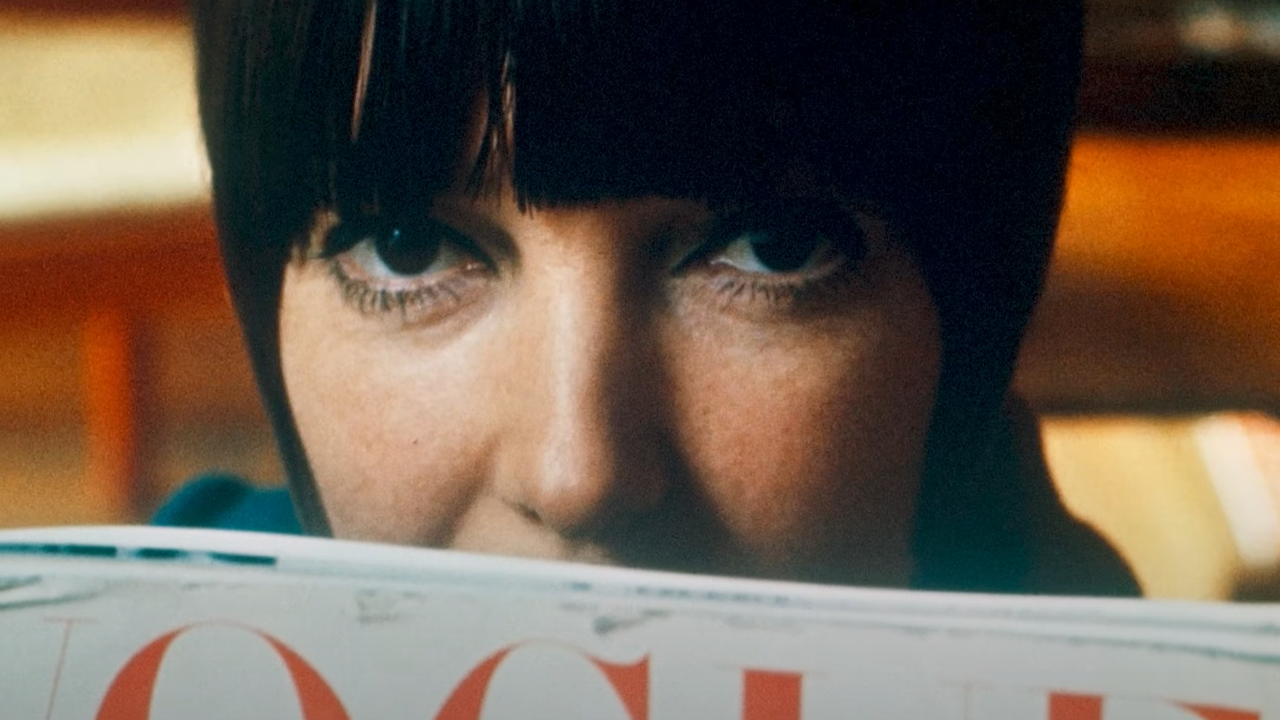
The Swinging Sixties were visually defined by Mary Quant’s swinging miniskirts and bold colours. Matt Glasby reviews this stretched hagiography of Quant as a fashion revolutionary.
Mary Quant (1930-present) is one of the defining British fashion designers of the post-war period. Practical but full of personality—like the woman herself—her clothes became icons of the swinging 1960s, an era of colour and change where suddenly anything was possible.
Fittingly, this entertaining documentary is directed by actor-turned-fashion designer Sadie Frost. Along with then-husband Jude Law and model Kate Moss, Frost came to prominence in the 1990s, another decade in which the UK emerged from the endless grey to make its mark on global culture.
Beginning with a blur of talking heads, expertly sourced archival footage and classy reconstructions, Quant is strong on scene-setting. Amid black-and-white footage of blitz-ravaged London, we hear of her blissful childhood running wild on the beaches of Pembrokeshire via radio interview. She used to hitch up her school uniform, she tells us, because, “I wanted to run and catch the bus.” The relationship between fashion and freedom is one that will recur throughout her career.
Having met her husband and muse, the charming impresario Alexander Plunket Greene, at art school, Quant turned her attentions to democratising fashion, then the preserve of Parisian couture houses. “I hated fashion the way it was,” she says. “I didn’t want to look like a duchess.”
Throwing in £5,000 each, she, Plunket Greene and investor Archie McNair started a boutique called Bazaar on London’s King’s Road as the 1960s exploded around them. If the stock Mary wanted didn’t exist, she made it herself. One model recalls buying a purple garment there. “I’d never seen anything purple before,” she says simply.
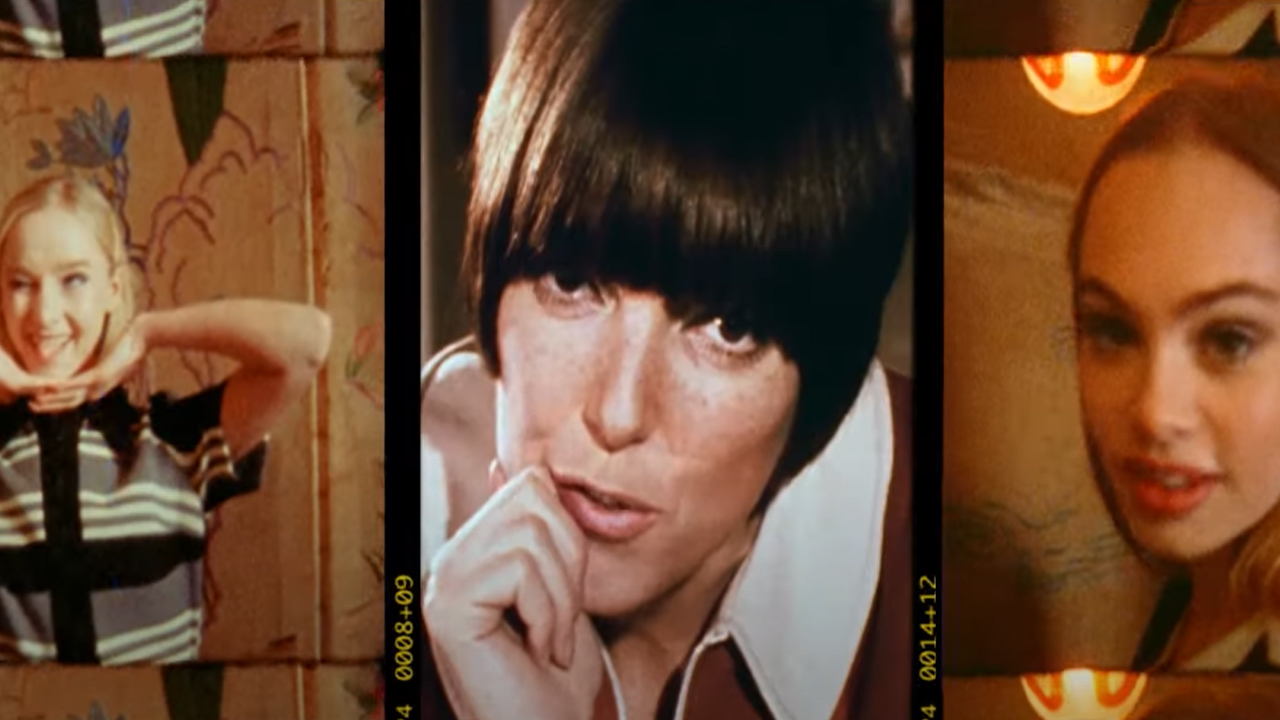
Quant may not have invented the miniskirt, but she certainly helped it catch on, her ethos mirroring the tenets of the emerging women’s movement. Here at last were affordable but stylish clothes that women could run for the bus in—even the young Queen Elizabeth II wore one, though how much bus-running she did is unclear. “I thought the miniskirt was designed by a guy,” offers The Kinks’ Dave Davies helpfully, one of the few non-fashion-based contributors among an eclectic cast list.
Although Kate Moss and Vivienne Westwood come top-billed, the former only appears in an audio recording: telling Frost how 1960s supermodel Jean Shrimpton offered her some tips on men, but not what they were. Westwood, meanwhile, just pops up in news footage protesting against fast fashion. The rest of the talking heads, from former Mary Quant Limited co-director Heather Tilbury Phillips to Quant’s godson, the designer Jasper Conran, offer expert analysis, but the lack of dissenting voices pushes this closer to hagiography than biography. Quant herself, now 91, is understandably absent, but at least there’s plenty of great footage of her at home, shooting clay pigeons with Plunket Greene.
After the success of the 1960s and early 1970s, Quant began licensing her products internationally, moving into make-up, wine, homewares and a dizzying array of licensing opportunities, and leaving London for a very big house in the country. “It was quite Sunday lunchy,” notes Conran. But good business/lifestyle decisions don’t necessarily make for fascinating viewing, and the second half of the documentary is unavoidably less compelling than the first.
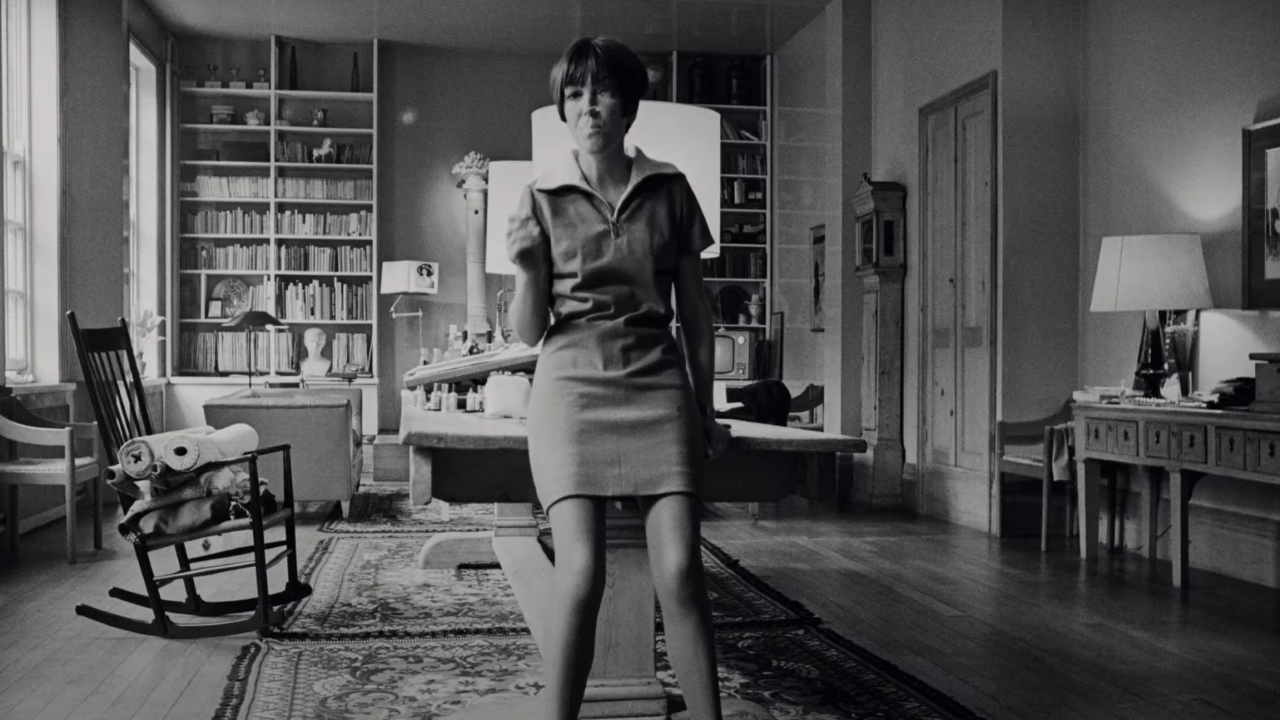
As Quant’s later life continues a conventional trajectory—she gets her own stamp, a blue plaque and a record-breaking V&A exhibition—Frost moves on to questions about the future of fashion, and what could have been an excellent hour-long TV documentary begins to feel a little stretched at 86 minutes.
It’s a pity because the earlier sections are packed with vivid moments, from the old lady who insists, “Don’t ask me about the King’s Road, because I hate it!” to Quant taking down a sexist interviewer who complains that most women don’t have the legs/hips/majesty for a miniskirt. “Who wants to be majestic?” she counters. Who indeed?
What comes across most is what a remarkable person Quant must have been to make herself heard against all the patriarchal clamour. “She was a very strong woman in a man’s era,” offers one woman. “She gave permission for women to be the person they wanted to be,” says another. Quant, meanwhile, describes herself as “permanently bored” and forever “wanting to live in the future”. You wonder what someone so ahead of her time makes of it now that it’s here.














